A short account of Sha'arayim (Khirbet Qeiyafa), given by your Gilad Suffrin, your Israel private tour guide
“Then David ran and stood over the Philistine and took his sword and drew it out of its sheath and killed him and cut off his head with it. When the Philistines saw that their champion was dead, they fled. And the men of Israel and Judah rose with a shout and pursued the Philistines as far as Gath and the gates of Ekron, so that the wounded Philistines fell on the way from Sha'arayim as far as Gath and Ekron.” (1 Samuel 17).
This is the climax of the famous story about the victory of young David over the giant Goliath. We know exactly where it happened in the Elah Valley and we do know very well, for many years, the Philistine cities of Gath and Ekron, both well-excavated. But where, for God's sake, is Sha'arayim?

click on all the photos to open them up
Closing in on the Elah Valley from the north side, there is a line of hills. In 2007, excavations began on top of one of the hills, at a place that seemed to contain ruins from the Iron Age. The excavations revealed a very well-planned and fortified small city that existed for only a short time between 1030 and 970 BCE (based on carbon dating of olive pits found in the ruins).
A huge wall (made of about 200,000 tons of rock) was dug around the hill with a massive gate facing the west. It was a great surprise when a second gate facing the south was found. That made the city the only one during that time period that had two gates. Was Sha'arayim ("Two Gates") found at last?
The wall and the gates are not the only interesting finds in the city. The houses are lined up along the wall using the casements of the wall as rooms in the houses. A massive building was dug in the city center, perhaps the governor's palace.
The most interesting finds are the small items for everyday use, such as a ritual rock at the city gate, miniature models of temples, Israelite types of vessels, along with some of the Philistine type, the oldest Hebrew inscription (an ostracon) ever found, which speaks of the rights of slaves and widows, a jar with the name of its owner inscribed on it, a small altar for incense and more.
Sha'arayim was a small city but very well-organized. Its importance lies in the fact that it was probably an administrative Judaic city close to the border with the Philistines. Right now, it is still a mystery as to why it was constructed so close to two other Judaic cities – Azekah and Socoh – and why it survived for only two generations. Perhaps the future will tell.


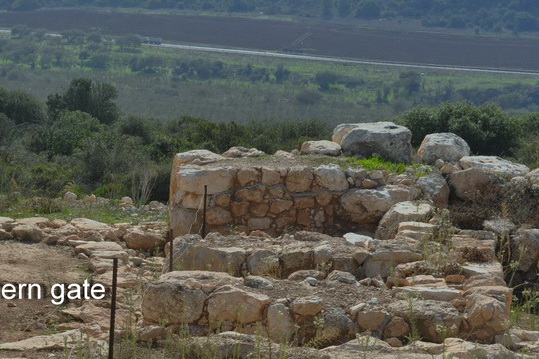

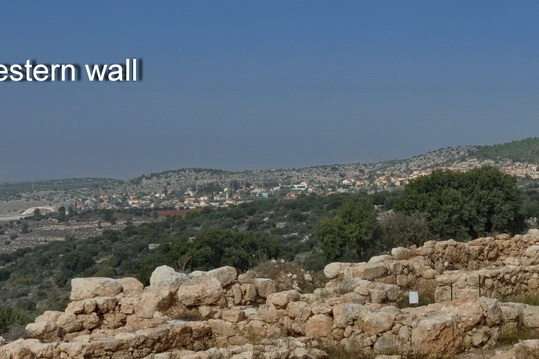
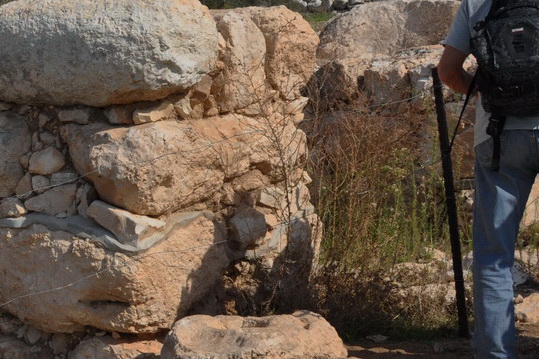
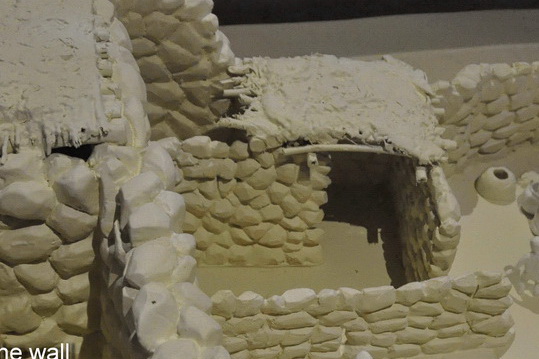
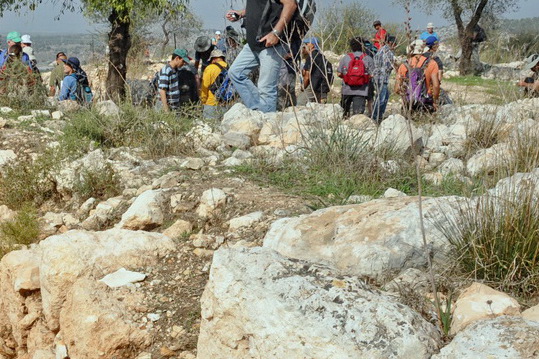
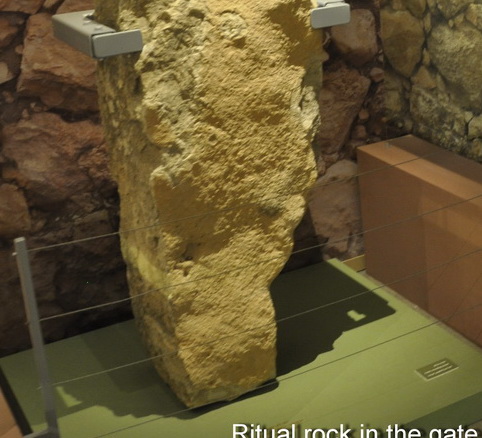
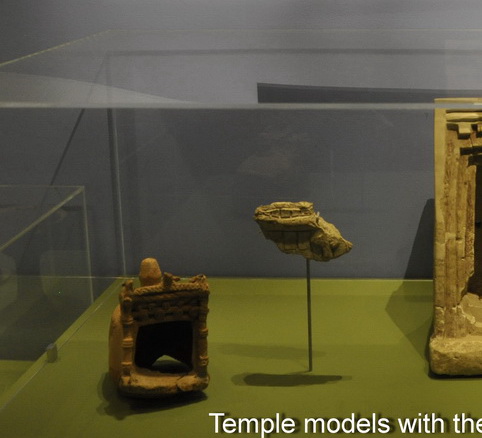
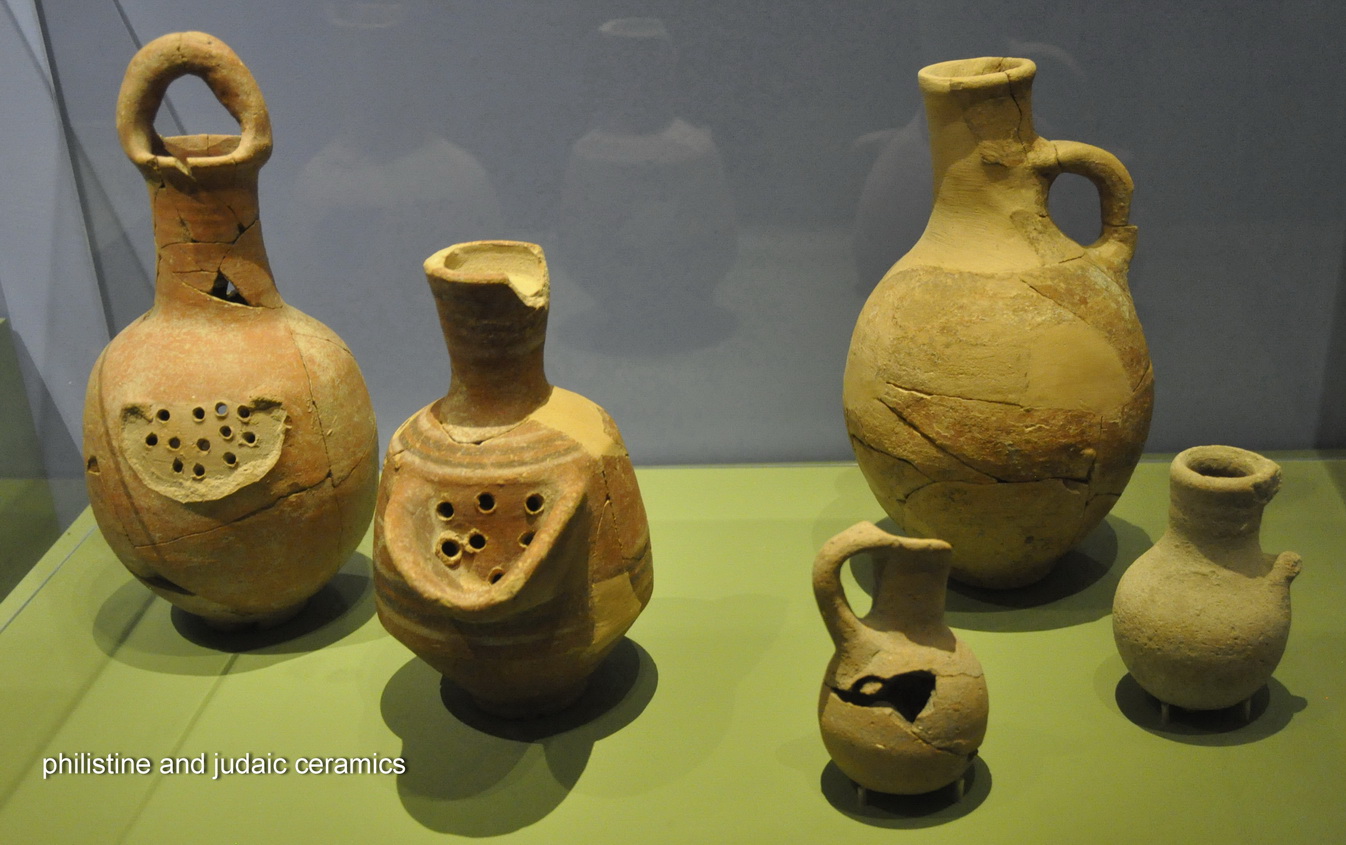






Leave A Comment
You must be logged in to post a comment.